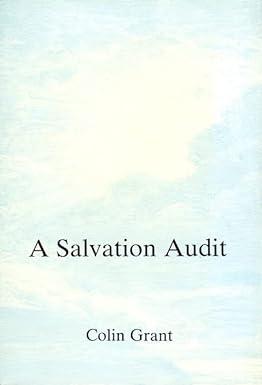Question
Question 1: Many things influence why people may purchase a house. Although you may have thought about things that do affect it if you were
Question 1:
Many things influence why people may purchase a house. Although you may have thought about things that do affect it if you were buying a home or considering to do so, this exercise is about going beyond simply thinking about it and learning how to create a formal model in what influences home purchases. In the model you should include factors/variables and decisions for things that you suspect will influence what may be associated with home sales/revenues for a given geography. This is taking an unstructured concept and putting structure to it.
*note when you are developing a model, you only suspect things might be related. It is not until you actually gather data and test the model that you confirm your suspicions.
**recall, before you start (a) and (b) it is a good idea to create a sketch for yourself. I dont need you to turn in the sketch, but you should create it to help you with the subsequent questions.
***When thinking about variables that can influence a purchase there will be variables specific to housing, people, financial considerations, the economy, etc. So think of SPECIFIC variables and use those to answer questions (a) and (b).
(a) Create an influence chart demonstrating your model make sure to identify the outcome(s), explanatory variables, decisions, and any fixed vs random parameters. Be sure to define each variable and how they will be measured (i.e. units). As before with QOW1, the data must be consistently defined and measured otherwise it wont be useful for analysis. At a minimum you should include 3 explanatory variables (no more than 5), 2 decisions and the outcome.
(b) For all the variables that you selected for your model explain the relationship you expect them to have with the outcome variable sales/revenue for homes and make sure to include a data dictionary that describes the variable and explicitly notes how it will be measured. See chapter 2 for types of relationships (i.e. constant, increasing returns, etc.)
Data Dictionary
| Variable | Description | Unit of Measure | Relationship (describe) |
|
|
|
|
|
|
|
|
|
|
Question 2:
Suppose we wanted to examine movie prices/sales. If you are told on average for a given week that that a theater sells about 800 tickets per day (so total sales for the week is 800*7 = 5600 for the week which gives you 800 per day), where Fri Sat are the heavy days and actually get about 50% more customers on those days than what they get on M-Thurs. Suppose for simplicity that ticket prices are a flat $10 for all shows. The movie theater estimates that for each $0.25 price increase, 25 customers will be lost. They also state that a price decrease would result in 25 more customers. Based on current prices, we also know that there is a fixed cost of utility, staff, and cleaning of $1500 per day.
(a) Create an influence chart for this problem. Identify all key relationships and make sure to state any assumptions (i.e. the outcome, variables, and decisions)
(b) Create a worksheet in excel or R program that represents this model and then find profit expected for each day and overall for the week. Assume that the theater is open 7 days a week and do this for the entire week. Make sure to note the overall average of 800/day and having Fri and Sat 50% higher.
*so, this means you can use excel or R based on what you would like to use.
(c)Bonus: What is the optimal price that the theater could charge that will maximize their profit for a given week/day? Solve using any method you want. As before, you may use either excel or R.
Step by Step Solution
There are 3 Steps involved in it
Step: 1

Get Instant Access to Expert-Tailored Solutions
See step-by-step solutions with expert insights and AI powered tools for academic success
Step: 2

Step: 3

Ace Your Homework with AI
Get the answers you need in no time with our AI-driven, step-by-step assistance
Get Started


